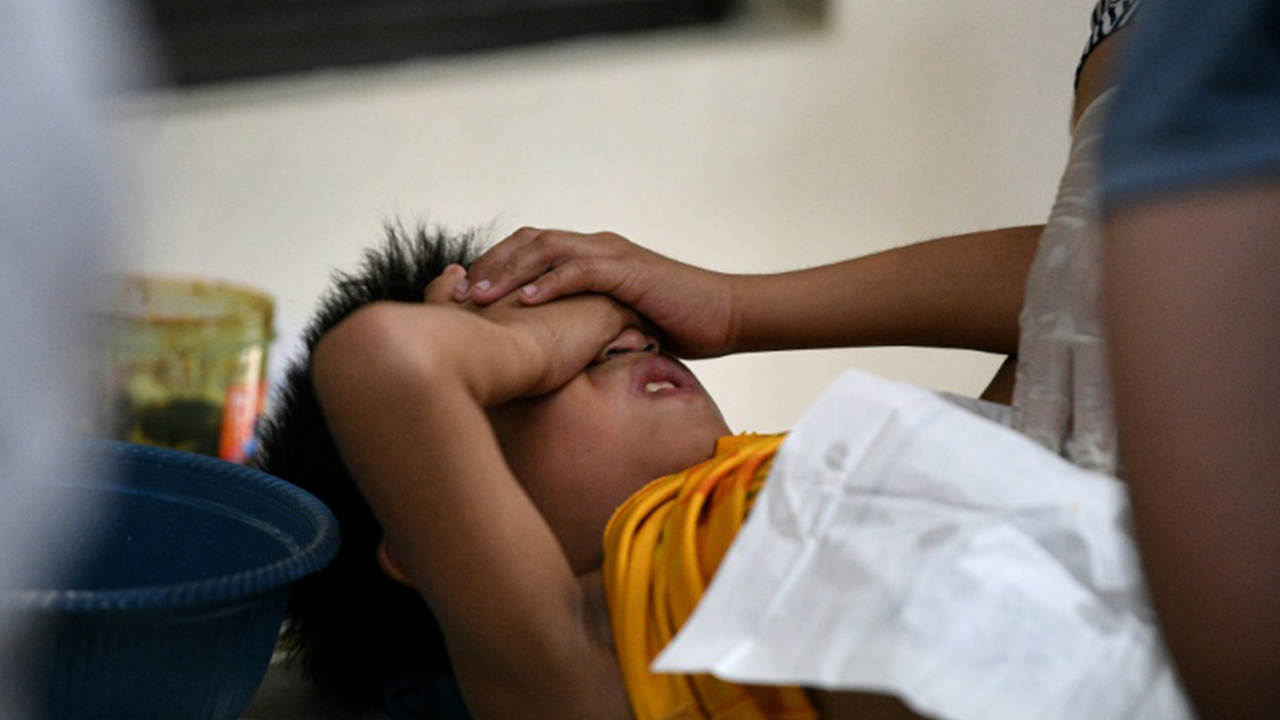In the Philippines, summer means more than the start of the dry season. For the Department of Health and many young boys approaching adolescence, it’s kicking off the circumcision season called ‘Operation Tuli’- a widely regarded Filipino rite of passage to adulthood.
What is Circumcision? (Tuli)
Male circumcision is a surgical operation that removes the foreskin, the hood of skin covering the tip of the penis to expose the head(glans). Before beginning the circumcision procedure, the health care professional will usually numb the penis using a local anesthetic. The numbing drug is administered either as a cream or injected into the base.
There are several ways to perform male circumcision. In the most common practice, the doctor opens the foreskin and removes the adhesions to separate the foreskin from the head. Then, a circumcision device is implanted, and then the foreskin is sliced off.
Operation Tuli in the Philippines
Some choose to get circumcised for cultural and religious reasons. Others do so for hygiene and appearance, but for most Filipino people, Tuli is believed as a long-standing tradition that is essential for boys to mature into men and a major step in entering adulthood.
This long-standing tradition is why the Philippines has one of the highest rates of circumcision in the world, with about 90% of males having the procedure according to the World Health Organization data.
In the country, the circumcision season occurs during the summer months from April to June, when mass circumcisions are common as children are on a long break from school, allowing enough time to healing before they return to school.
The Department of Health, which sponsors the annual mission called ‘Operation Tuli’ to circumcise boys for free, promotes the importance of the practice. This happens every year, with thousands of many young boys from ages 8-12 undergoing the operation for free from government or community-sponsored clinics and missions.
Benefits of Circumcision
Having circumcision provides several benefits. It improves not only penile health, but also improves hygiene. This is because a circumcised penis is easier to clean and wash, especially for young children.
Those who get circumcised also have a lower risk of:
- Getting sexually transmitted diseases (STDs) and HIV when they are older
- Developing urinary tract infections (UTIs) which are more common in uncircumcised males
- Having cancer of the penis, which is rare in both circumcised and uncircumcised men. It's unclear if the lower risk is because of circumcision or differences in cleanliness and hygiene.
- Developing certain penis conditions like irritation, inflammation, or infection of the penis.
Risks of Circumcision
Circumcision is a very safe procedure. As with any surgical practice, however, it still has its rare risks, including:
- Bleeding, usually in small amounts. The doctor should be informed of any family medical history of bleeding problems to prevent severe bleeding following circumcision.
- Infection, which is usually mild and simple to treat
- Removal of more skin or less skin than planned
- Irritation on the end of the penis
- Anesthesia-related complications, including allergic reactions, nausea, vomiting
- Scar tissue forming
Taking care of your child after circumcision
Circumcision recovery takes about 3- 6 weeks. Following the procedure, the child must wear loose-fitting clothing for a few days. While healing, the penis may seem swollen and red, and a yellow coating may be visible near the tip. This is normal for the healing process.
Further, it is important to maintain the area as clean as possible. Gently clean with warm water. You may use mild, unscented, soapy water. Doctors also recommend keeping the area clean and dry for 48 hours, and to avoid swimming for up to two weeks.
Change the dressing at least once a day and apply an antibiotic ointment or petroleum jelly. If the dressing gets wet, change it at once. Even if the dressing is no longer needed, keep applying the antibiotic ointment or petroleum jelly on the penis or the front of the diaper until the penis is healed. This can prevent the penis from feeling any discomfort, such as itching and pain while moving around.
Follow the directions on any pain medication they have provided you. Pain relievers should be used for only 4 to 7 days.
When to call the doctor
Immediately find and call your doctor if you notice these problems:
- Continuous bleeding from the wound in large amounts
- Discoloration of the penis such as blue or black
- Fever
- Increasing redness or swelling of the penis that persists beyond three to five days
- A yellowish discharge from the penis or pus-filled blisters
- Unable to pee normally within 8 hours after the circumcision procedure
Road to Adulthood
Many choose to have circumcised for a cultural reason since circumcision is a part of Filipino tradition for teenage boys, especially during the summer season. Others choose to undergo circumcision for religious, medical, or peer pressure. Whatever the reason is, it’s no wonder that circumcision is part of adulthood for teenage boys.
sources: medlineplus.gov, my.clevelandclinic.org, kidshealth.org, betterhealth.vic.gov.au, medicalnewstoday.com
image sources: bangkokpost.com, Davao Catholic Herald, mydoctor.kaiserpermanente.org, iloilotoday.com, @jaymus_taymus from unsplash, jcomp from freepik, Tara Winstead from Pexels, Guduru Ajay Bhargav from Pexels












.png)
.png)





